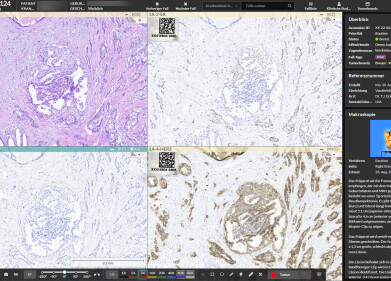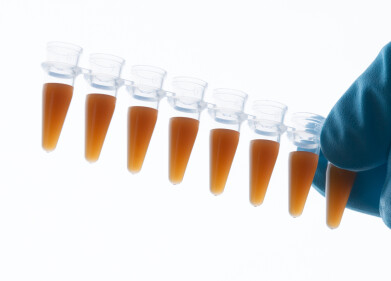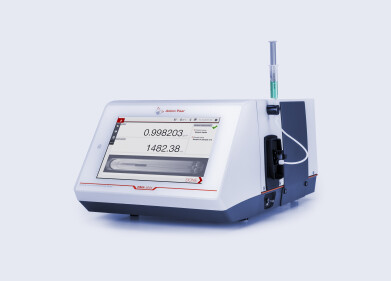Laboratory Products
How Random is Cancer?
Apr 07 2017
When it comes to cancer, we’re constantly bombarded with different ways to avoid the disease developing. From quitting smoking to staying active, and all the dietary restrictions in between – we’re keen to hear the potential causes because it’s such a deadly disease when it does develop. But are you guaranteed to escape from the big C if you do adhere to the suggestions? Read on to see how random cancer is.
Avoiding the risk factors
Unfortunately, cancer can’t be pinned down to one specific cause. If it could, we would surely all cut it out. Instead, the National Cancer Institute lists several risk factors which increase the chance of it developing, including:
- Alcohol
- Cancer-causing substances – such as airborne pollutants
- Diet
- Obesity
- Radiation
- Sunlight
- Tobacco
Obviously, there are some risk factors, like sunlight, that we simply can’t avoid. But even those who do their best to remove most risk factors from their life could end up developing cancer. And, on the flipside, people who have had years of a poor diet, unprotected sun exposure and chain smoking may escape the disease.
Random by default
So cancer clearly has some element of indiscriminate “randomness” to it. And a recent study by Johns Hopkins University reiterates that idea. Their findings suggest that random mistakes could be responsible for around two-thirds of human cancers. It means that – as well as environment and heredity – there is a third cause of cancer.
So how did they come to this conclusion? Researchers analysed data about 17 forms of cancer, from a total of 69 countries. They found strong links between cancerous mutations and cell division. But after reviewing relevant epidemiological studies and DNA information, they found that there was simply no other explanation for the mutations.
Are risk factors not real?
No – of course this doesn’t mean risk factors are myths. They have scientifically proven links to cancer. And in the study, researchers found them to contribute to the majority of the remaining third of cancer mutations. 29 percent of cancers are thought to be caused by these risk factors, with 5 percent inherited. But all in all, the results simply emphasise the need for early detection.
To reduce the amount of deaths, especially from unavoidable random mutations, we need to intervene earlier. Spectroscopy is one method of cancer detection that is making it easier for doctors to collect measurements. It provides a non-invasive testing method, meaning less pain and more efficiency, as discussed in ‘Spectroscopy: A New Method for Patient Diagnostics. Non-Invasive Tissue Testing Improves Outcomes and Patient Comfort’.
Digital Edition
International Labmate 49.6 - Sept 2024
September 2024
Chromatography Articles - HPLC gradient validation using non-invasive flowmeters Mass Spectrometry & Spectroscopy Articles - From R&D to QC, making NMR accessible for everyone: Putting NMR...
View all digital editions
Events
Oct 15 2024 Milan, Italy
Oct 17 2024 Dhaka, Bangladesh
Oct 20 2024 Fort Worth, TX, USA
Oct 21 2024 Dalian, China
Oct 30 2024 Birmingham, UK









.jpg)








